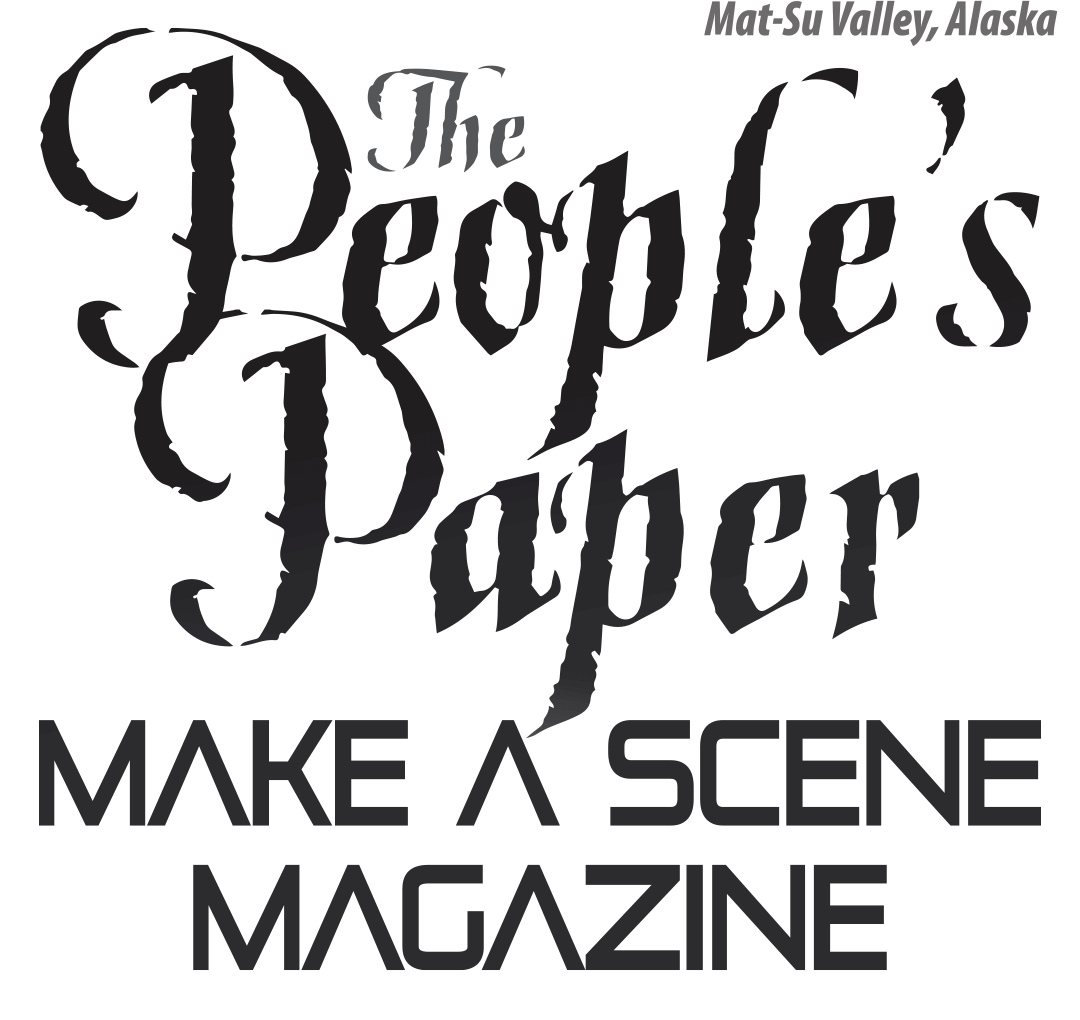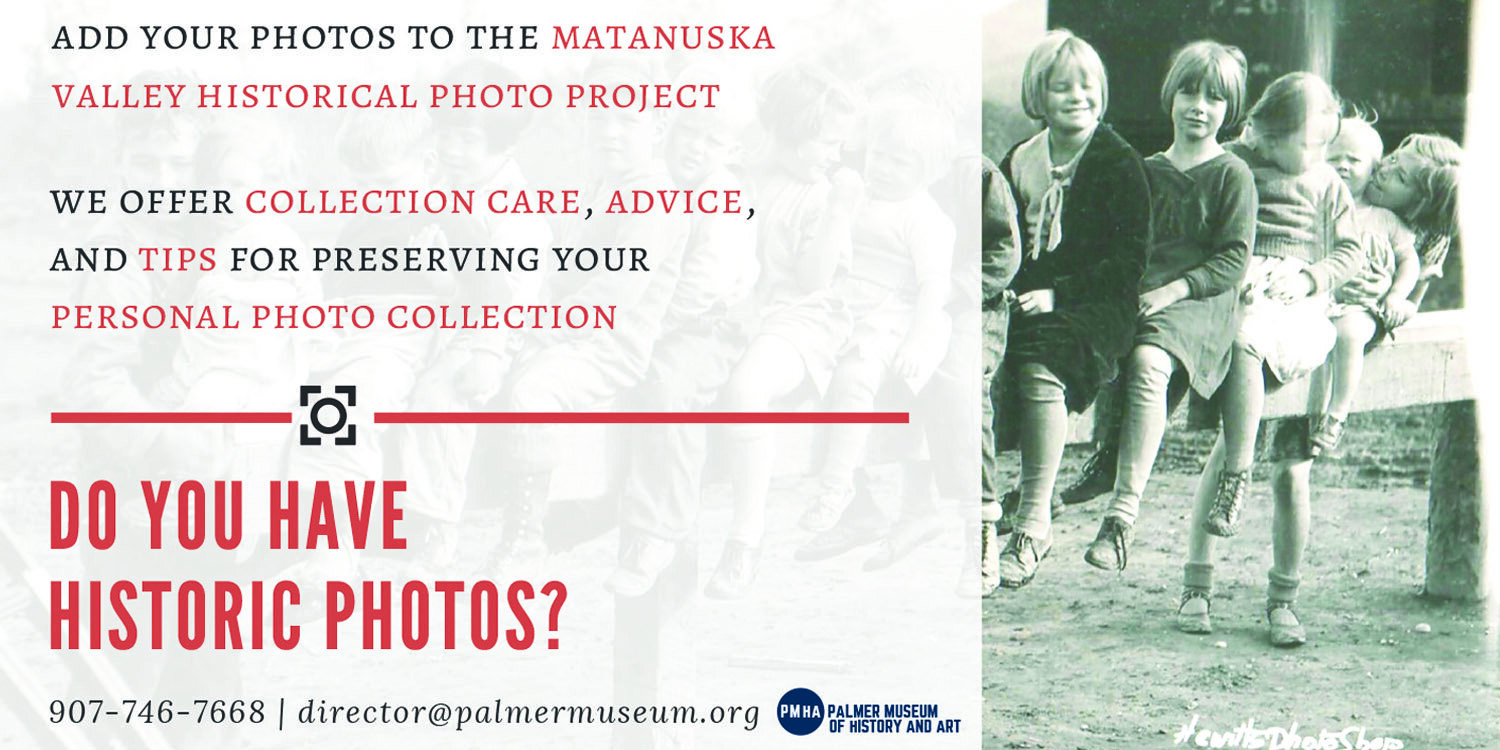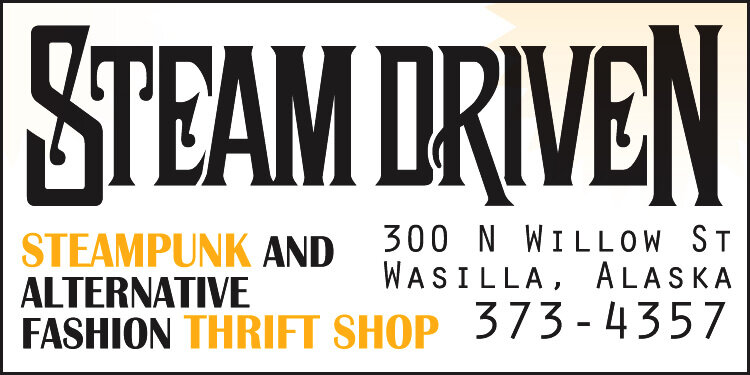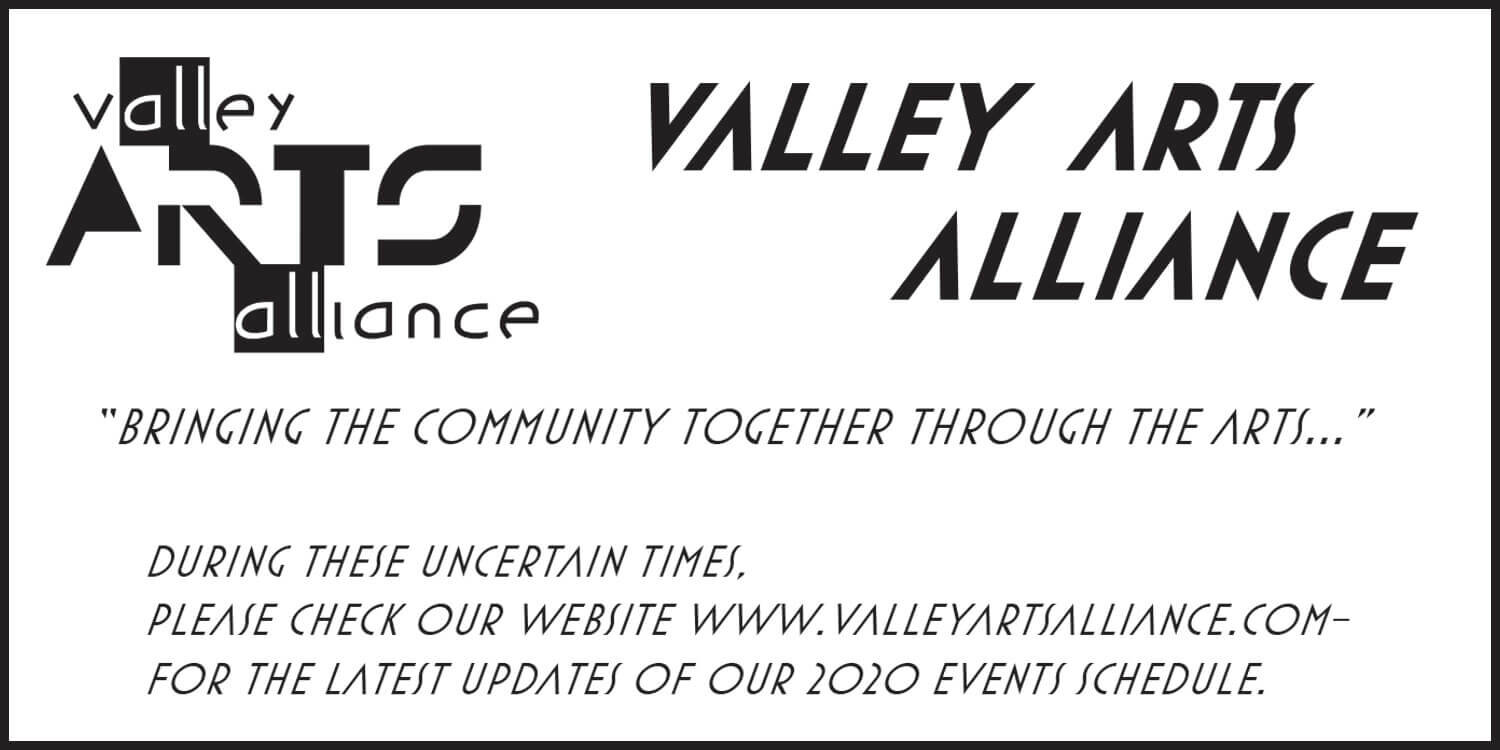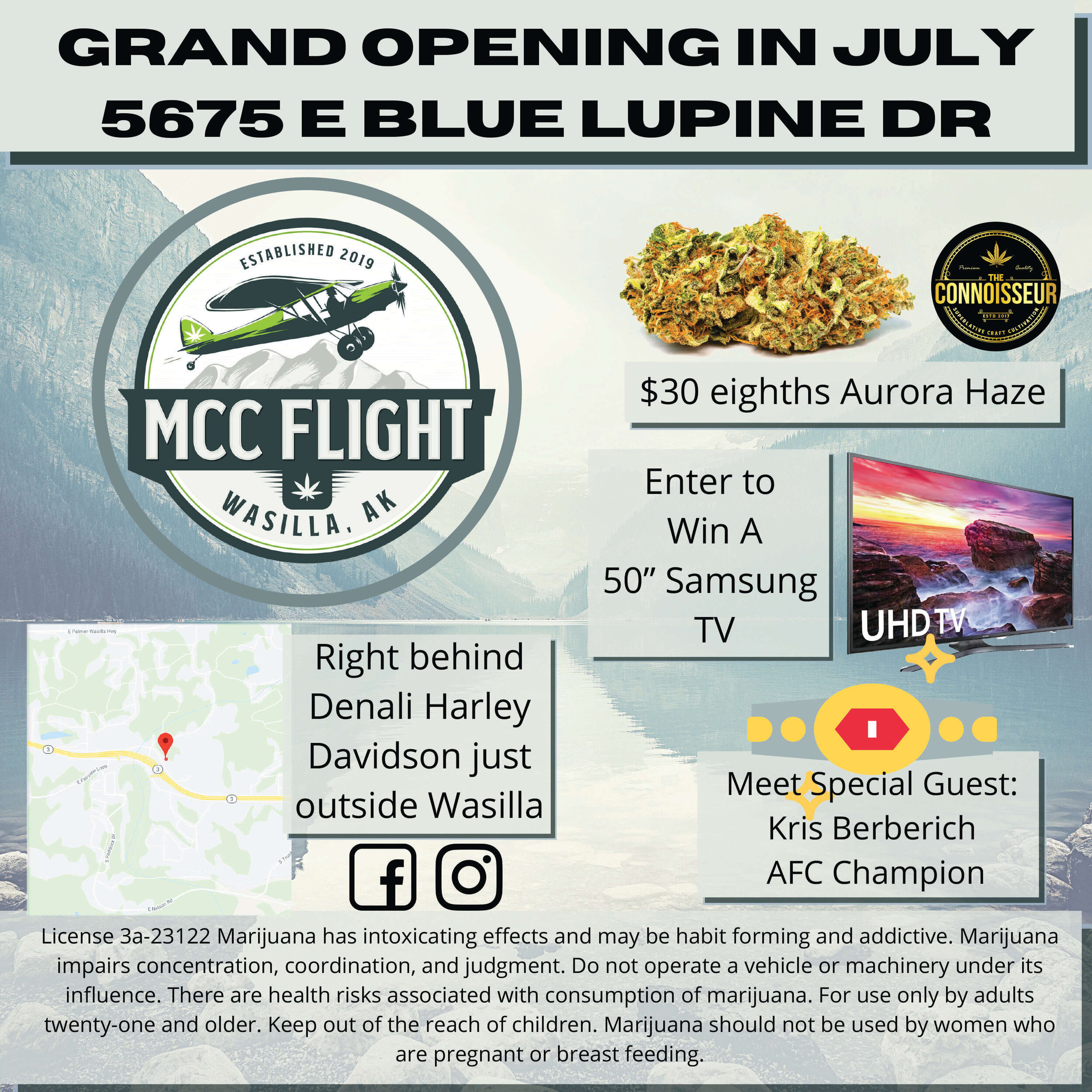Contributed by Nancy Hall
Now everybody in the family can view the outside exhibits at the museum. Thanks to a $14,700 grant from the Mat-Su Health Foundation, the Museum of Alaska Transportation and Industry (MATI) has a paved path around most of the upper, outside exhibits. In the past, the Alaskan terrain has prevented many people who might be in wheelchairs or unstable on the grass clumps, rocks and just plain uneven Alaskan soil from accommodating their families, leaving them sitting in the shade, waiting for their other family members to visit the historical exhibits. Visitors who have children in strollers also had a great deal of difficulty mastering this terrain. The new paths are 4 feet wide and cover ¼ mile. They provide for easy use by wheelchair, walkers and strollers.
The paths direct visitors around most of the historical items outside on the 15 acres. As visitors exit the Sheldon Building, they pass double ended fishing boats used prior to outboard motors. Under cover in the same area are some are earlier outboard motors and chainsaws. Do you know what hit and miss engines are? They are there also.
Continuing up the path, immense military planes and helicopters loom above you next to the original Anchorage airport control tower.
Good descriptions of potato digging machinery, seeders and other original, farm equipment help children and adults understand what it takes to get their food to their tables. Emergency fire and ambulances are displayed.
Under cover of the sheds are some of the first snow machines, unlike any of today’s sleek machines. Keeping them company under the sheds are tractors and other, necessary equipment needed in early Alaska.
Off to the right is train equipment that was used for maintenance and worker comfort. The paths do not go down along these trains. But you are welcome to take a detour down past them.
Rounding the path, just past the Section House are our two train engines, the 1500 and the X1000, which were featured in the 1985 movie, “Runaway Train,” starring Jon Voight and Rebecca DeMornay. Attached to them are three of the original six troop sleeper cars from WWII that made up the “Centennial Train” housing mining and railroad exhibits. Walking though these cars, you see photos and equipment that depict the struggles and hardships our early miners suffered to extract gold, coal and 95% pure copper from our mines, while living and working under the extreme Alaskan conditions. Today, we only have the Alaska Railroad, but throughout Alaskan history, 26 different rail lines serviced many of these remote sites.
For an excellent example of Alaskan ingenuity and inventiveness at its best, visit the Museum of Alaska Transportation and Industry and walk our new paths.
